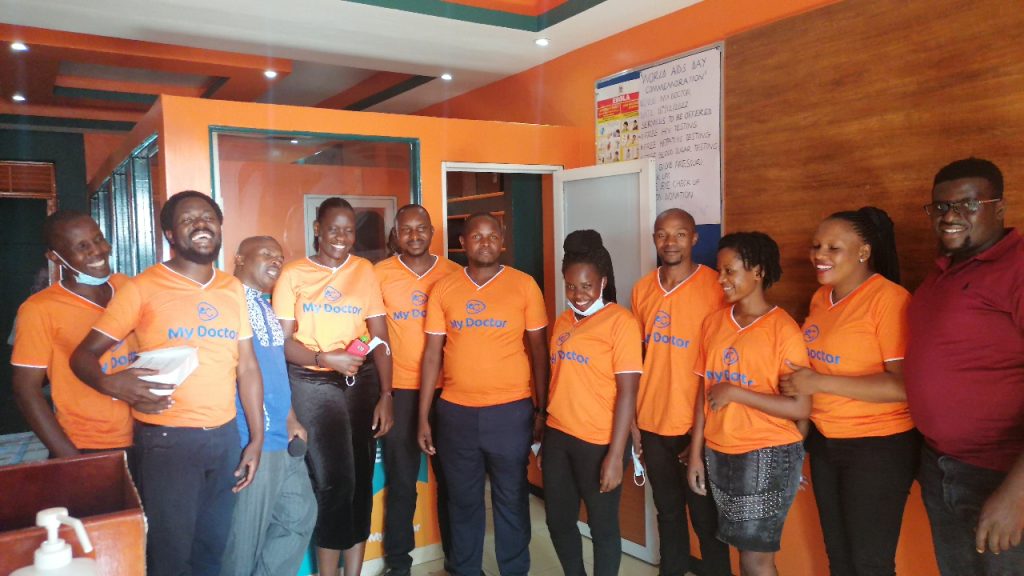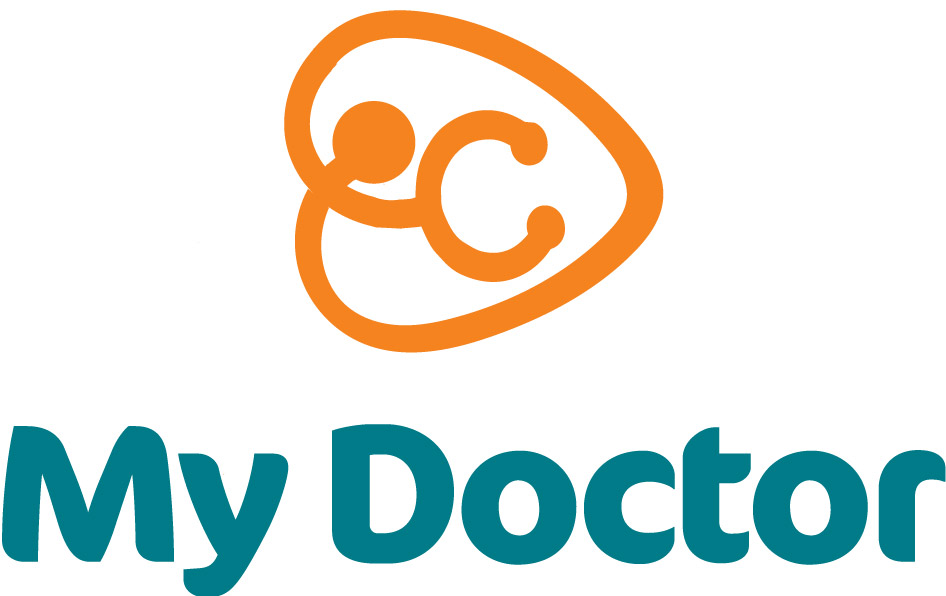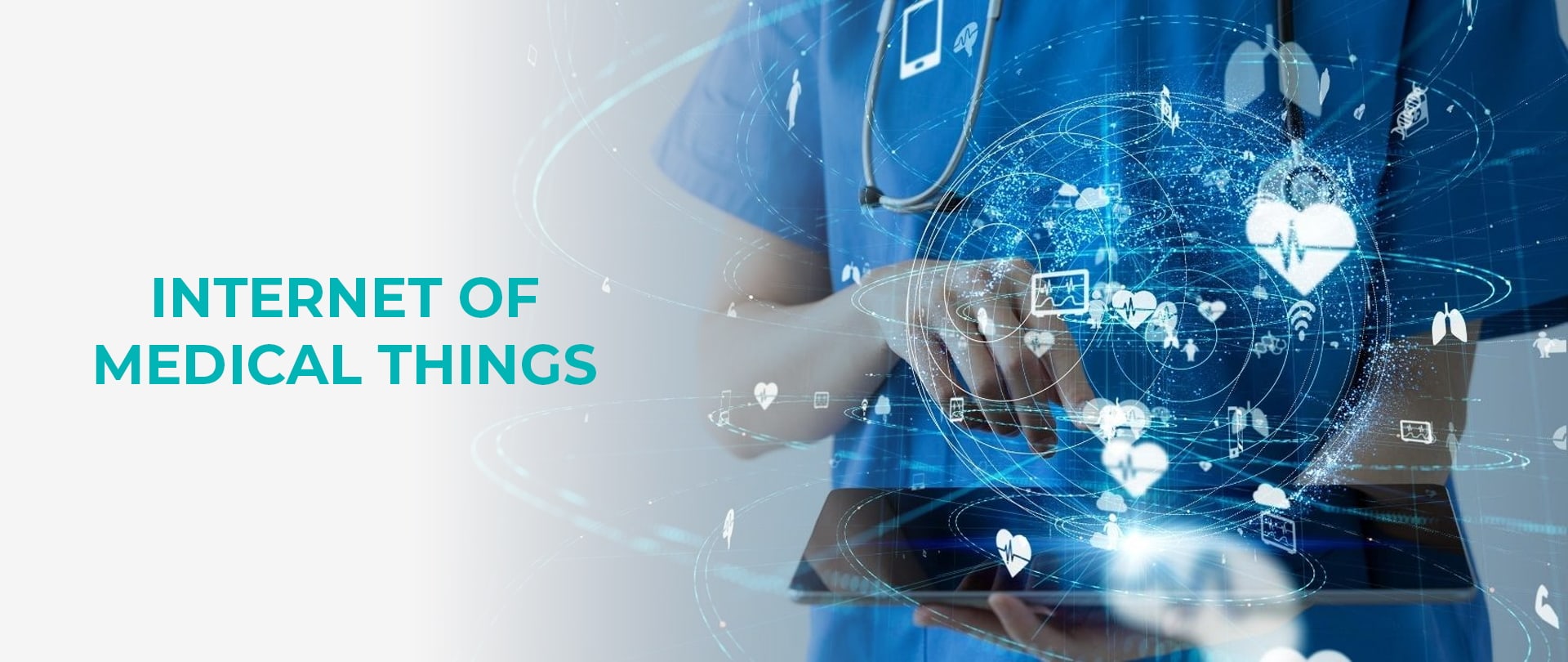A large number of HIV-positive young adults in Uganda have mobile phones but do not use the internet.
Background: Mobile phones and other technologies are increasingly used to improve health outcomes (mHealth). But limited data exist on how young people living with HIV use these tools to gather information and support their health. We assessed access and use of mobile phones and the internet among young adults living with HIV attending the My Doctor’s Art Clinic, Wakiso District.
The study took place from July 2021 to November 2022 at the My Doctor’s art clinic. This cross-sectional survey used a semi-structured questionnaire for data collection among young adults aged 18–24 years.
Even though many HIV-positive youth now own mobile phones, they are not yet using connectivity to access information that could help them lead better lives. Many young adults attending semi-urban HIV clinics are reluctant to get online.
Of the 408 young adults interviewed, 74% were female and the average age was 22.3 years old (IQR: 20.6–23.5). Though the likelihood of using a mobile phone was greater among females than males, this difference wasn’t large enough to be considered statistically significant (93.7% female versus 85.9%, p = 0.057). Half of all mobile phone users used their phones for HIV-related activities such as medication reminders. Internet access and use was low in general, at 34%. Males were more likely than females to have internet access (45.5% versus 30.6%, p = 0.027). One in three (33.6%) internet users searched for HIV-related information online. Owning a mobile phone was associated with ease of access to HIV information. Some respondents preferred receiving messages via text or WhatsApp (p < 0.05). Increased access to the internet was positively associated with accessing and preferring information on HIV via e-mail.
Despite the widespread use of internet-based methods such as email in Uganda, traditional mobile phones still dominate. My Doctor is engaging with patients, especially young people, by using newer technologies to improve HIV care. We are creating innovations that meet the specific needs of different patient populations. The prevalence of the negative outcomes associated with HIV will be reduced by providing antiretroviral therapy to patients in a timely manner.
According to the Ministry of Health estimates for 2020, the HIV prevalence among adults (15-49 years) in Uganda is 5.4%. The prevalence is higher among females at 6.8%. Kalangala District has the highest HIV Prevalence percentage at 18% whereas Nabilatuk District has the lowest at 0.2%.
The global HIV response has enabled millions of people around the world to access prevention and treatment interventions. This investment has strengthened health systems. It offers an opportunity for the integration of care for non-communicable diseases among people living with HIV who are at risk, or already have a non-communicable disease.
In recent years, the response to HIV in Sub-Saharan Africa has moved from an emergency footing. The sickest HIV-infected patients are now being quickly put on antiretroviral therapy (ART). This is helping to create long-term programs that provide lifelong treatment for large numbers of patients living with HIV. Adherence to antiretroviral treatment is a key factor in the success of any sustainable HIV treatment program. For patients who are living with HIV, adhering to treatment and preventing transmission of the virus to others can go a long way toward improving their lives.
There have been few studies assessing adherence by patients in sub-Saharan Africa to antiviral treatment for HIV/AIDS. The digitization of information and communication can help reduce stigma among HIV-positive patients. This will eventually have a positive effect on the results of mass ART programs. A review of African studies with any virologic data, conducted largely in urban settings, reported that 78% of patients had undetectable viral loads after six months on antiretroviral therapy (ART), 76% after 12 months, and 67% after 24 months.

My Doctor is offering affordable online healthcare services such as consultation #TeleConsultation. You can now meet specialist doctors using your phone and get an online diagnosis, prescriptions, and more. Call: +256762318431 or +256707448988 now.

